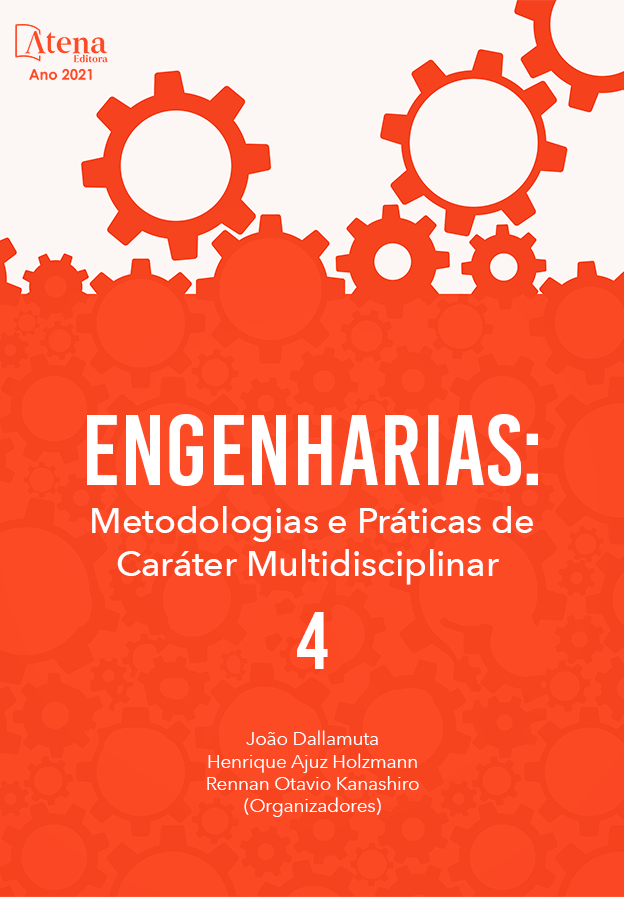
DETERMINAÇÃO DE DESCARGAS DE LODO DE REATORES UASB COM PÓS-TRATAMENTO AERADO ATRAVÉS DA ANÁLISE DE SÓLIDOS SEDIMENTÁVEIS DO EFLUENTE
Um fator crucial para o bom desempenho de reatores UASB é a frequência do descarte de lodo e a consequente qualidade da biomassa desenvolvida no reator. Uma rotina de descargas adequada proporcionará estabilidade e maior eficiência no tratamento do esgoto. Em virtude do expressivo número de reatores UASB existentes no Ceará e da importância do controle do volume e da qualidade da manta de lodo, constatou-se a necessidade de buscar um parâmetro de obtenção prática, simples e rápida, que pudesse ser realizado em campo diariamente e fosse possível nortear as ações do operador no descarte de lodo nos reatores e decantadores secundários. Portanto, este trabalho tem como objetivo geral ajustar as descargas de lodo da ETE José Euclides, localizada em Fortaleza/Ce, através da análise de Sólidos Sedimentáveis do efluente, que foi escolhido como indicador em função da simplicidade e agilidade da análise, fácil leitura do resultado e não necessitar de equipamentos mais sofisticados e onerosos. O estudo foi realizado no período de fevereiro a abril de 2018. Pelo resultado das análises do efluente final, a partir da mudança das frequências de descarga, foi possível constatar uma melhora na eficiência de remoção de DQO de 76% em janeiro para 94% em abril, apresentando concentração de 201,40 mg/L em janeiro e 55 mg/L em abril. Em relação a remoção de SST e E. Coli não foram obtidas grandes reduções nos resultados do efluente final. Recomendou-se realizar descarga de lodo quando o resultado de Sólidos Sedimentáveis fosse superior a 1,0 mL/L no reator UASB e maior que 0,5 mL/L no decantador secundário.
DETERMINAÇÃO DE DESCARGAS DE LODO DE REATORES UASB COM PÓS-TRATAMENTO AERADO ATRAVÉS DA ANÁLISE DE SÓLIDOS SEDIMENTÁVEIS DO EFLUENTE
-
DOI: 10.22533/at.ed.89221100311
-
Palavras-chave: Sólidos Sedimentáveis; Descarte de Lodo; Frequência de Descarga
-
Keywords: Sedimentable Solids; Sludge disposal; Discharge Frequency
-
Abstract:
A crucial factor for the good performance of UASB reactors is the frequency of sludge disposal and the consequent quality of the biomass developed in the reactor. An adequate discharge routine will provide stability and greater efficiency in the treatment of sewage. In view of the expressive number of UASB reactors in Ceará and the importance of controlling the volume and quality of the sludge blanket, it was found that there was a need to seek a practical, simple and quick parameter to obtain in the field on a daily basis. and it was possible to guide the operator's actions in the disposal of sludge in the reactors and secondary decanters. Therefore, this work has the general objective of adjusting the sludge discharges from WWTP José Euclides, located in Fortaleza/Ce, through the analysis of Sedimentable Solids of the effluent, which was chosen as an indicator due to the simplicity and agility of the analysis, easy reading of the result and not requiring more sophisticated and costly equipment. The study was carried out from February to April 2018. From the result of the analysis of the final effluent, from the change in the discharge frequencies, it was possible to verify an improvement in the efficiency of COD removal from 76% in January to 94% in April, with a concentration of 201.40 mg/L in January and 55 mg/L in April. Regarding the removal of SST and E. Coli, no great reductions in the results of the final effluent were obtained. It was recommended to discharge sludge when the Sedimentable Solids result was greater than 1.0 mL/L in the UASB reactor and greater than 0.5 mL/L in the secondary decanter.
-
Número de páginas: 11
- Ruam Magalhães da Silva
- Renata Carlos Freire
- Jane Mary Targino Moreira


